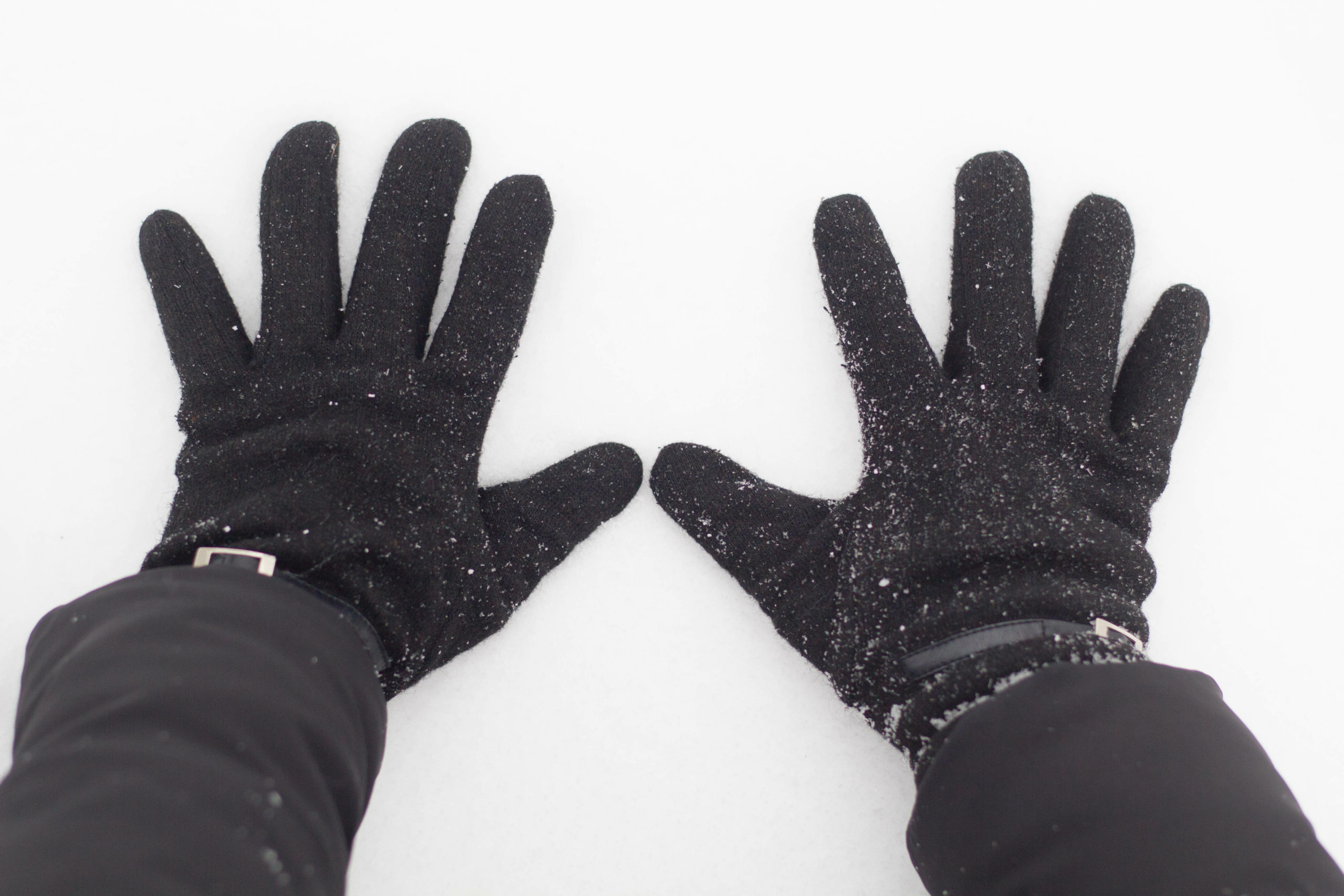
What is Raynaud’s Disease?
Raynaud’s Disease, pronounced ‘ray-nose’ is a condition caused by the sympathetic nervous system which causes narrowing of arteries in the fingers, toes and or nose, resulting in reduced blood flow to these areas. This results in change in colour with fingers turning black or white, and then blue or purple. This cascade of colour changes is known as Raynaud’s Phenomenon. Symptoms include feeling cold, numbness, and occasionally pain in the affected areas.

What causes Raynaud’s Disease?
Raynaud’s Disease can be caused by cold weather, stress and anxiety, use of vibratory tools or existing medical conditions resulting in reduced blood flow. They are often associated with autoimmune or inflammatory diseases such as lupus, scleroderma, rheuamtoid arthritis or CREST syndrome.
Risk factors
Raynaud’s is more common in females, between the ages of 20-40, in colder climates. It is commonly associated with autoimmune conditions such as scleroderma. Some medications can predispose people to Raynaud’s Disease, such as migraine medications. Smoking is also a risk factor.
What can we do?
• Unfortunately, there is poor evidence for medications being effective (such as calcium channel blockers and vasodilators)
• Activity modification – avoid smoking, stay hydrated and exercise regularly
• Stress management and overall well-being
• Wear gloves and mittens, layer your clothing or use hand warmers
If you think you may suffer from Raynaud’s disease, and would like more information on how to manage it, please feel free to book an appointment with one of our experienced therapists today
By Chen Li – BAppSc(Phty), Hand Therapy Group Physiotherapist, Accredited Hand Therapist (AHTA), Certified Hand Therapist (USA)
